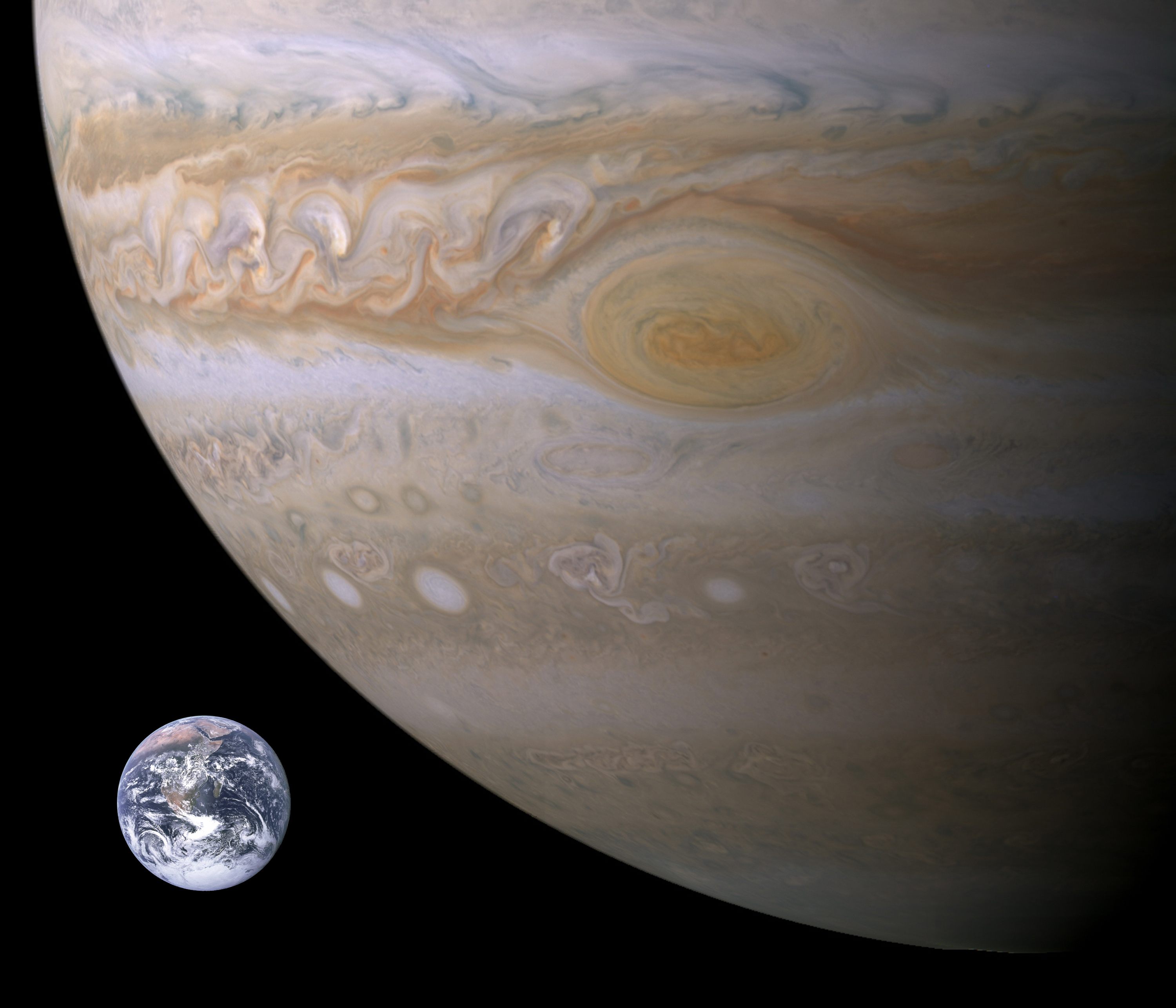NASA’s About to Get Very, Very Close to the ‘Eye of Jupiter’
The Juno spacecraft will fly within 2,200 miles of the Great Red Spot.

NASA’s Juno spacecraft has been orbiting Jupiter since July 2016 and will die by mechanical suicide sometime in 2018. But until then it will keep doing what it’s been doing for over a year now: measuring things like electromagnetic waves and radio waves to get a better sense of what Jupiter is actually made of.
There’s also a camera, which NASA named JunoCam, which manages to take some amazing pictures—including, soon, of the planet’s Great Red Spot, in detail never seen before. On Monday night, Juno is set to make the closest-ever flyby of the Great Red Spot, just 2,200 miles above it (a hair’s breadth in planetary terms), in a bid to learn more about the 10,000-mile wide storm that has been raging for hundreds of years.
What do NASA scientists hope to find out? Why the spot is red, for one thing. They suspect that the color may exist just in the top of the atmosphere, and that it’s “actually pretty bland in color” below, as one scientist at the Jet Propulsion Laboratory explained. But the latest flyby promises to outdo our last visit to what’s been called the “Eye of Jupiter,” when Voyager 1 cruised by in 1979, and produced some spectacular pictures of its own.











Follow us on Twitter to get the latest on the world's hidden wonders.
Like us on Facebook to get the latest on the world's hidden wonders.
Follow us on Twitter Like us on Facebook